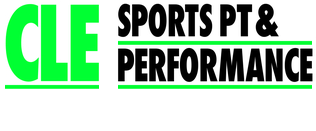The gender gap in US sports continues…
Despite the heroics the US Women’s Soccer Team displayed at the World Cup this summer (in stark contrast to the Men’s Gold Cup loss to Jamaica a few weeks later), data continues to mount showing that female soccer players have more concussions than men and have symptoms for a longer period.
Check out these staggering stats…
– Sports with the highest incidence of concussion (in order):
- Mens Football
- Mens Wrestling
- Womens Soccer
- Mens Soccer
- Womens Basketball
- Mens Basketball
– In high school sports played by both sexes, girls sustained a higher rate of concussion. Concussions also represented a greater proportion of total injuries than boys.
– Female athletes report more symptoms than men
– Adolescent girls have an average recovery period 25.9 days longer than boys. That’s almost a month longer. Female athletes also were more likely to need academic accommodations, vestibular therapy, or medication.
That’s right- academic accommodations. Because, unlike an ankle sprain, a brain injury has pretty serious effects that can affect an athlete for the rest of their life.
To drive the point home, the 4th International Consensus on Concussion in Sport made this statement:
“It was accepted that gender may be a risk factor for injury and/or influence injury severity”
And to make matters worse, this 2014 study in JAMA Pediatrics showed that 56% of girls soccer players (or their families) aged 11-14 that had concussion symptoms did not seek treatment. And, 58% of the players in the study said they returned to play without being cleared, which is against all current medical protocols. It is widely speculated that female athletes feel pressure to not let their teammates down or miss playing time, as is the notion that many people overlook unique symptoms that women have as being “overly emotional.”
It’s not time to count female athletes out though awareness of the high concussion rate and prompt recognition of their symptoms can help recovery. Encouraging athletes to report their symptoms is incredibly important (see my post on how to recognize concussion symptoms here)
Neck and core strengthening programs show promise in prevention and treatment of concussions too. Stay tuned – I’ll be discussing the current evidence for/against these programs over the next few weeks

